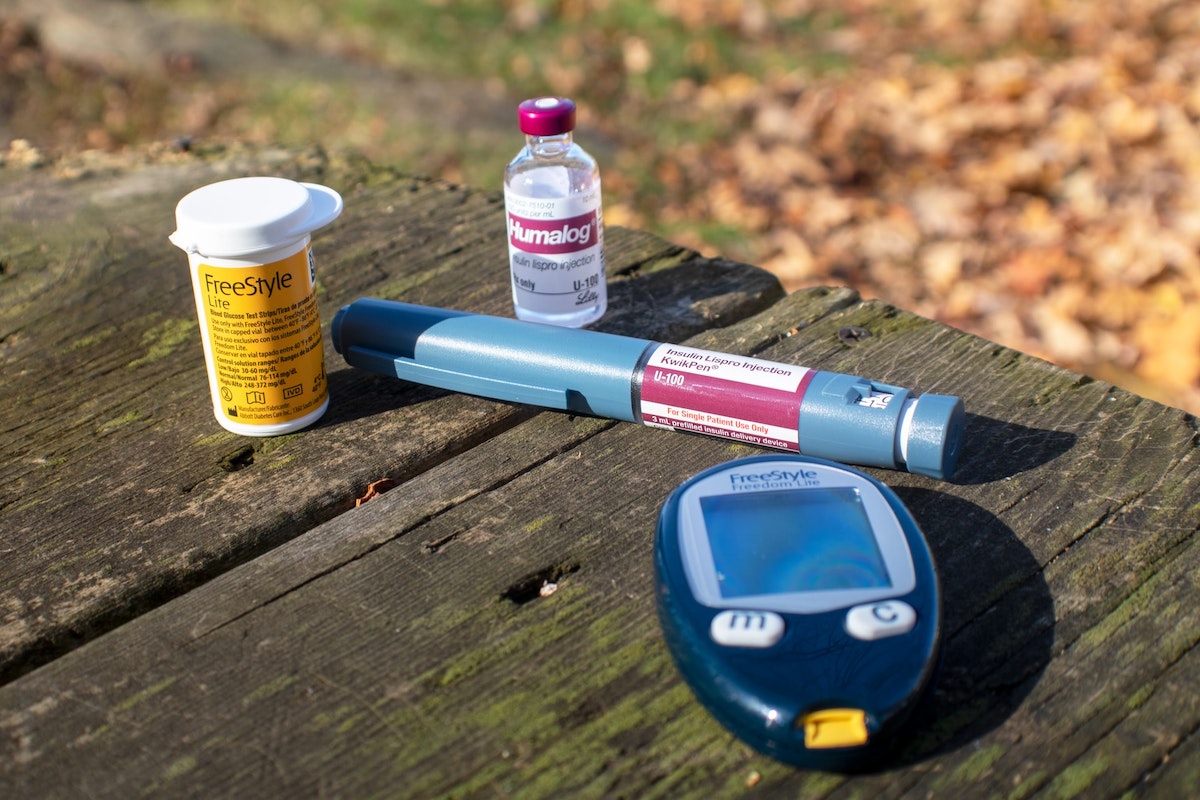Written by Diana Licalzi, MS, RD, CDE
When it comes to improving your type 2 diabetes health, nothing beats the effectiveness of a consistent nutritionally dense diet and exercise routine. However, we know it can be frustrating when you make an effort to eat healthier, yet you still experience blood sugar spikes. This article will discuss five simple hacks you can incorporate into your daily routine to help control blood sugar spikes, especially after meals.
1. Move for at least 10 minutes after your meals
Our muscles use glucose for energy, so if you experience a blood sugar spike after a meal, one of the best ways to bring it down is to activate your muscles. After a meal, glucose enters the bloodstream causing blood sugar to rise. But when you exercise or move your muscles right away, that glucose is taken up by muscle tissues helping to bring your blood sugar down. Incorporating any sort of movement after a meal can result in this effect— walk, dance, bike ride, clean up your house, vacuum, walk up and down the stairs, or anything else to get your muscles moving.
You can learn more about the effects of exercise for diabetes at The Incredible Benefits of Exercise for Type 2 Diabetes.
2. Eat your veggies first during your meal
Eating vegetables as a starter dramatically slows down the absorption of glucose from the rest of your meal. Start your meal with your veggies or have a salad as an appetizer, then have the rest of your meal. Eating veggies first results in a much smaller blood sugar spike, which will lead to fewer cravings and crashes throughout the day.

3. When you eat something sweet, have it at the end of your meal
Let’s say you want something sweet like a cookie, well we are all human, and sometimes we want a little dessert. The best way to control your blood sugar after eating something sweet is to have it at the end of the meal and not on an empty stomach. Eating it after a meal will help blunt the blood sugar spike. On the other hand, if you have it on an empty stomach, it will likely start a blood sugar rollercoaster that may make you crave even more sweets. Therefore, if you want something on the sweeter side, have it at the END of your meal. Of course, this is not a pass to increase your sweets intake. Sweets and desserts should be kept to a minimum and had as a treat.
4. Get 7-9 hours of sleep at night

Photo from The Glucose Goddess
Sleep is crucial in helping our body regulate blood sugar levels. There’s evidence that poor sleep patterns impair glucose metabolism and can lead to a higher sugar level the next day. People on restricted sleep demonstrate worsened insulin response to food, resulting in higher blood glucose spikes. In one study, sleep-deprived people had higher glucose and insulin levels after consuming breakfast compared to those who slept a healthy eight hours.[1]
As an example, if you slept well and had some fruit in the morning, you may see a normal blood sugar response to it. However, that same fruit may lead to a much higher blood sugar response if you slept poorly the night before.
Other studies confirm this finding—insulin resistance is more common in people deprived of sleep.[2-3] A lack of sleep can also affect our hormones, especially hunger and satiety hormones. It can also worsen glucose control, insulin resistance, weight gain, and increased food intake.[4]
For more info on how sleep impacts type 2 diabetes, read The Importance of Sleep For Those With Type 2 Diabetes.
5. Add vinegar to your meals
This one sounds a little odd but having a tablespoon of vinegar before a meal can cut the glucose and insulin spikes of the meal by 20%.[5-6] What’s more, in a study, people with prediabetes who drank an apple cider vinegar (ACV) beverage consisting of 2 tbsp of vinegar saw their fasting blood sugars drop by 16 points in just one week.[7] Furthermore, another study randomized people with diabetes into three groups. Each group received either 2 tbsp of vinegar twice a day, two dill pickles, or a small vinegar pill. The vinegar group experienced a significant drop in their A1c levels.[8]
So, having some vinegar before eating your meal can help flatten your blood sugars significantly. Any vinegar works the same, so you can choose the vinegar you want. For example, you could dilute 1 tbsp of apple cider vinegar in a glass of water (don’t have it on its own!), or if you prefer not to drink it, you could use balsamic vinegar to make a salad dressing.
Please note that apple cider gummies or similar supplements do not have the same effect. For the best apple cider vinegar, we recommend Braggs Apple Cider Vinegar.
To learn about other foods that can help blood sugar, check out Improve Your Glucose With These 5 Foods.
To recap, here are 5 hacks to lower blood sugar after a meal:
- Move for at least 10 minutes after your meals.
- Eat your veggies first before other foods during your meal.
- When you eat something sweet, have it at the end of your meal.
- Get 7-9 hours of sleep at night.
- Add vinegar to your meals.
References
[1] https://pubmed.ncbi.nlm.nih.gov/21358855/
[2] https://pubmed.ncbi.nlm.nih.gov/22844441/
[3] https://pubmed.ncbi.nlm.nih.gov/22844441/
[4] https://www.ncbi.nlm.nih.gov/pmc/articles/PMC4457292/
[5] https://pubmed.ncbi.nlm.nih.gov/28292654/
[6] https://pubmed.ncbi.nlm.nih.gov/31221273/
[7] https://www.sciencedirect.com/science/article/abs/pii/S1756464613001874




Leave a Comment